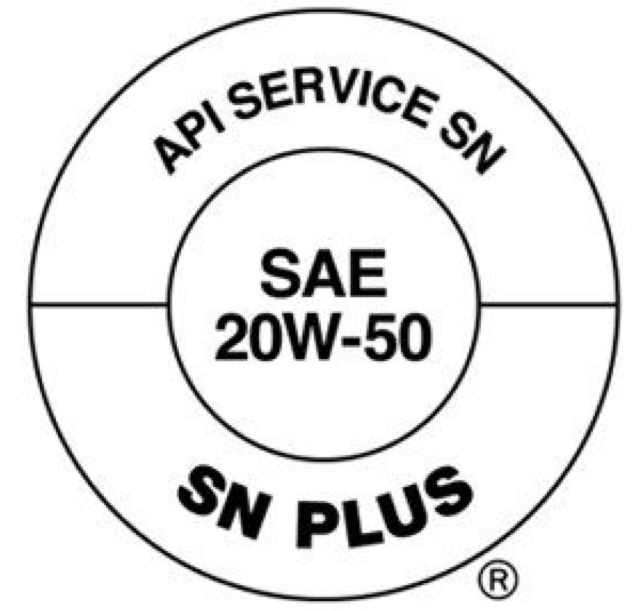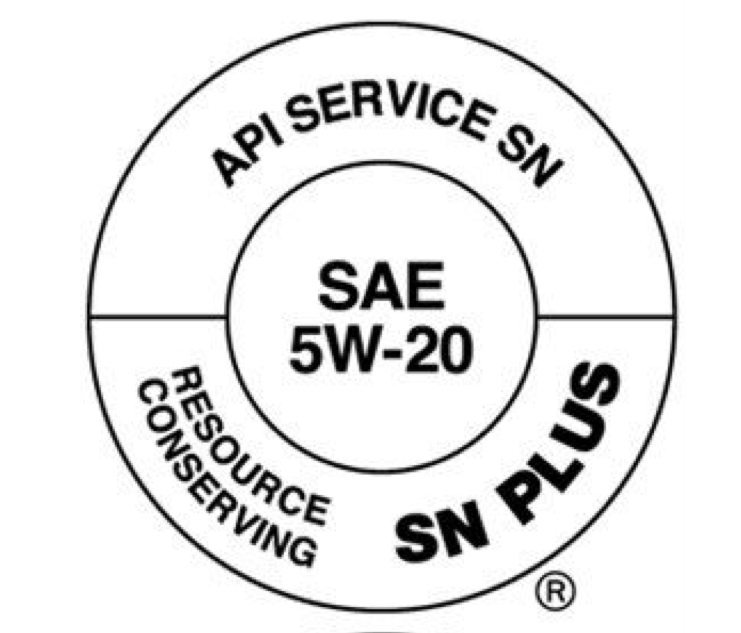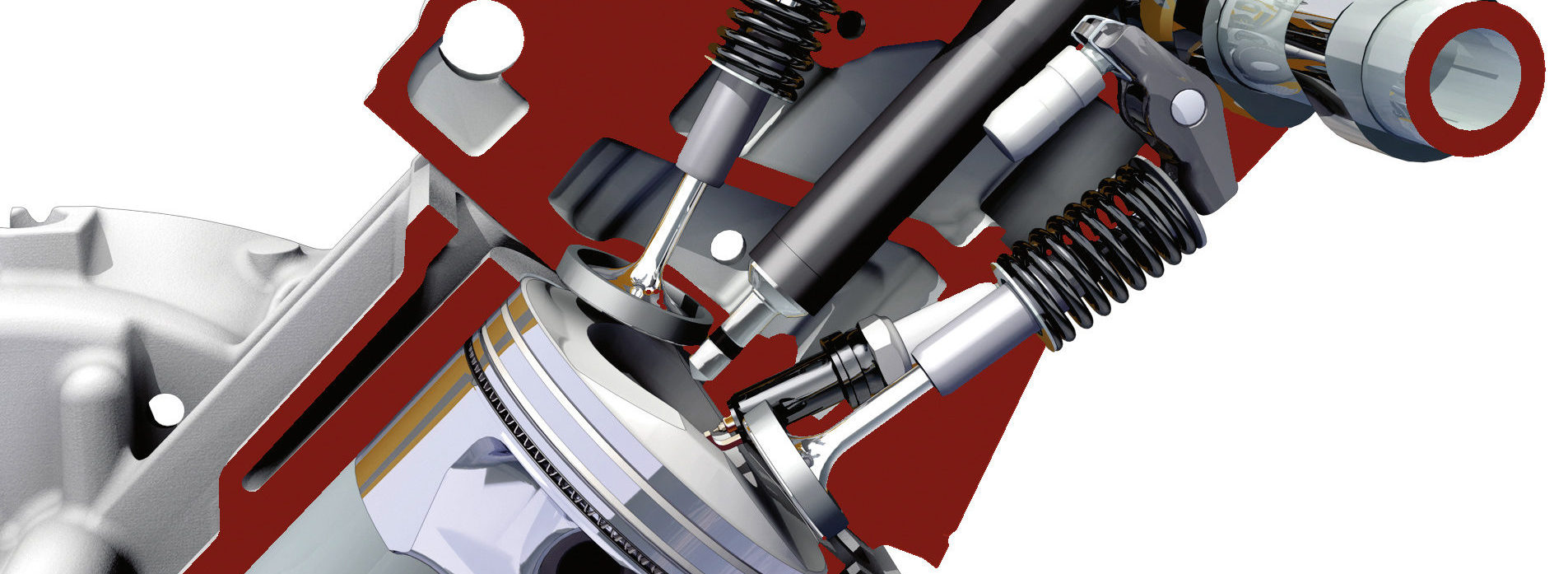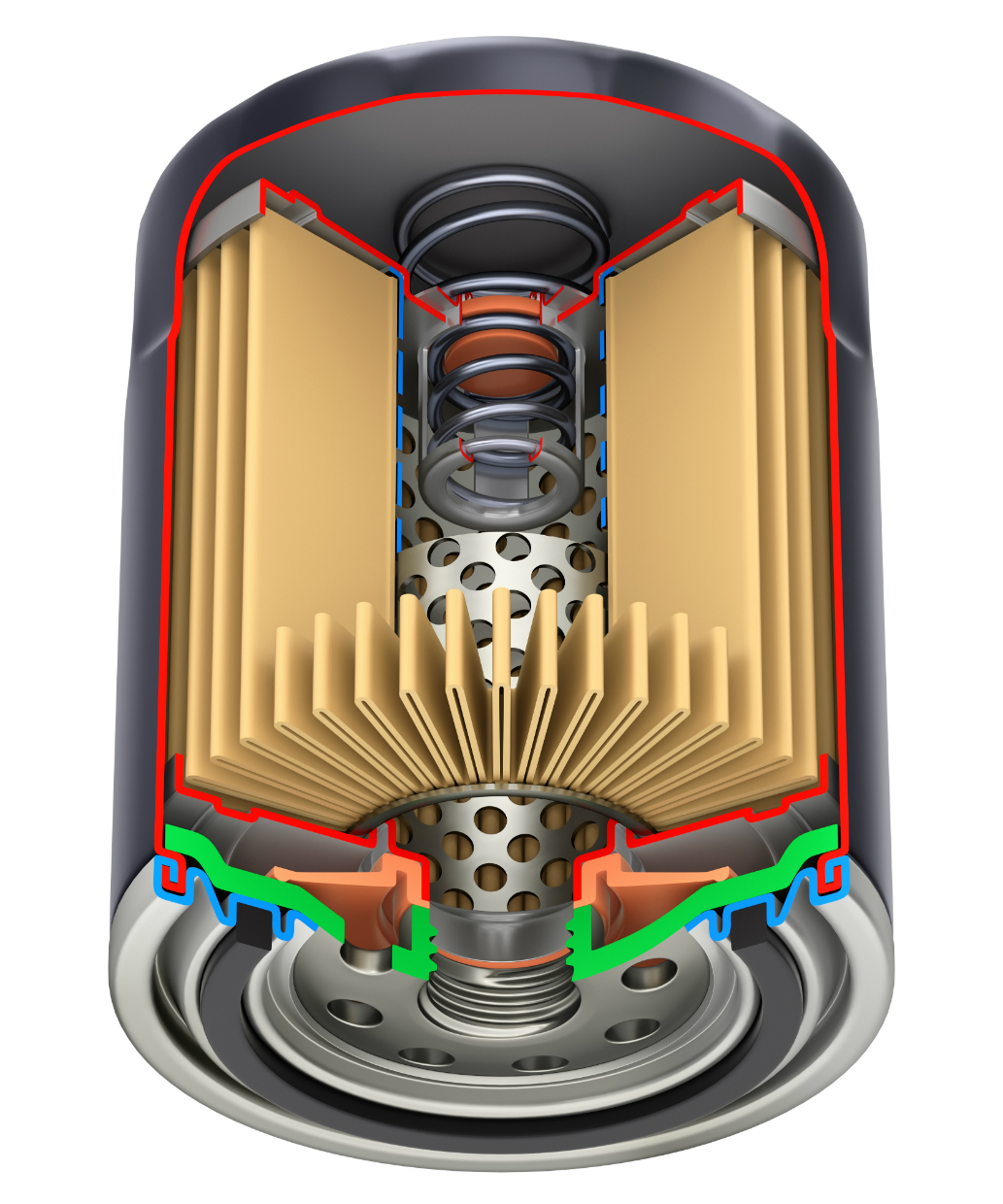As OEMs As engine technologies evolve, so must the lubricants that keep them running smoothly must also evolve.
The driving force for some time now has been increasing fuel efficiency, leading to smaller engines, and pushing those engines harder.
Technologies like Gasoline Direct Injection (GDI), especially combined with turbocharging or supercharging, have raised outputs and fuel efficiency to new heights. There engines already power more than 25 million vehicles on U.S. roads alone.
To keep up with these changes, auto manufacturers are continually pushing lubricant suppliers to up there game, adding ever more stringent testing standards instituted by the ILSAC and API bodies. (This in addition to their own manufacturer–specific certifications.)
“This is accomplished with new engine oil additive technology developed specifically for the harsh operating conditions and unique performance requirements of T/GDI engines,” according to Gabe Rhoads, the Global Passenger Car Business Manager for Lubrizol. “Today’s new lower viscosity and higher performing engine oils rely on advanced additive chemistry to enable T/GDI engines without sacrificing the oils’ fundamental ability to clean and protec
ILSAC GF-5 and API SN are the current standards in place for most non-diesel automotive applications, but GF-6, which was to have already replaced GF-5 by now, has be pushed back several times, and the current release date is not until late 2019, with 2020 a distinct possibility.
According to Joan Evans of Infineum Americas, “Progress has been made in moving some of the test developments for ILSAC GF-6 forward. But, with much work still to do, and with the seven new tests at different points in their readiness for BOI/VGRA matrix testing, the exact timing for ILSAC GF-6 remains unclear. As a best guess, the first licensing date looks to be at least two years away.”
This was judged to be too far away for the manufacturers, so they pushed the API to create a supplement on a shorter timeline, and SN Plus was born.
Slated to be on labels this May, it has become customary for the motor oil in the supply chain to be updated and upgraded prior to the labels on the bottle displaying the new standards, so as you read this, it is a near certainty that you have been selling motor oils tested to the API SN Plus standard for at least a little while, even if the label hasn’t shown this.
Why SN Plus?
Coming at the request from OEMs, the supplement is designed to address specific issues with small displacement, direct injected and turbocharged engines, most specifically the issue of Low-Speed Pre-Ignition (LSPI).
Pre-Ignition occurs when the combustion chamber charge ignites before the spark plug fires.
LSPI is not an entirely new problem, but it has become more acute as GDI engines have proliferated and the push for greater volumetric efficiency—using turbochargers and superchargers—has been taken to new heights.
LSPI occurs at low engine speeds, typically around 1200 to 2700 rpm, and is a violent event that can push components and the lubricant that protects them to the limit. Combustion chamber pressures can spike to more than twice that of normal combustion. It is sometimes called “super knock” or “mega knock.”
Currently available information is that the process leading to LSPI is not fully understood.
There is a belief, however, that motor oil formulation is a contributing factor to LSPI.
SN Plus was requested by OEMs to mitigate the LSPI problem, not just protect against its effects on engine components.
If OEMs can reduce LSPI, they can recalibrate engine performance for great fuel efficiency. That is their goal.
So, the special test for LSPI, the API Sequence IX test, was added to the SN regimen, and we have SN Plus.
As noted earlier, OEMs have pushed for a quicker solution than the two-years-away GF-6 standard. It is important to recognize that changes have also been made to the GF-5 standard to keep ILSAC and API more or less in step with each other.
It is also important to recognize that manufacturer specific standards have also taken new challenges into account. GM’s Dexos1 Gen 2 specification, for example, addresses LSPI.
Who doesn’t like donuts?
The introduction of the new standard will come with a new API donut.
Actually there are two slightly different versions.


One which will indicate the SN Plus standard, and one that includes the “Resource Conserving” statement which only applies to lighter multi-grades such as 5W20, while weights such as 20W50 will not have this “Resource Conserving” statement, but could still have the SN Plus designation.



0 Comments